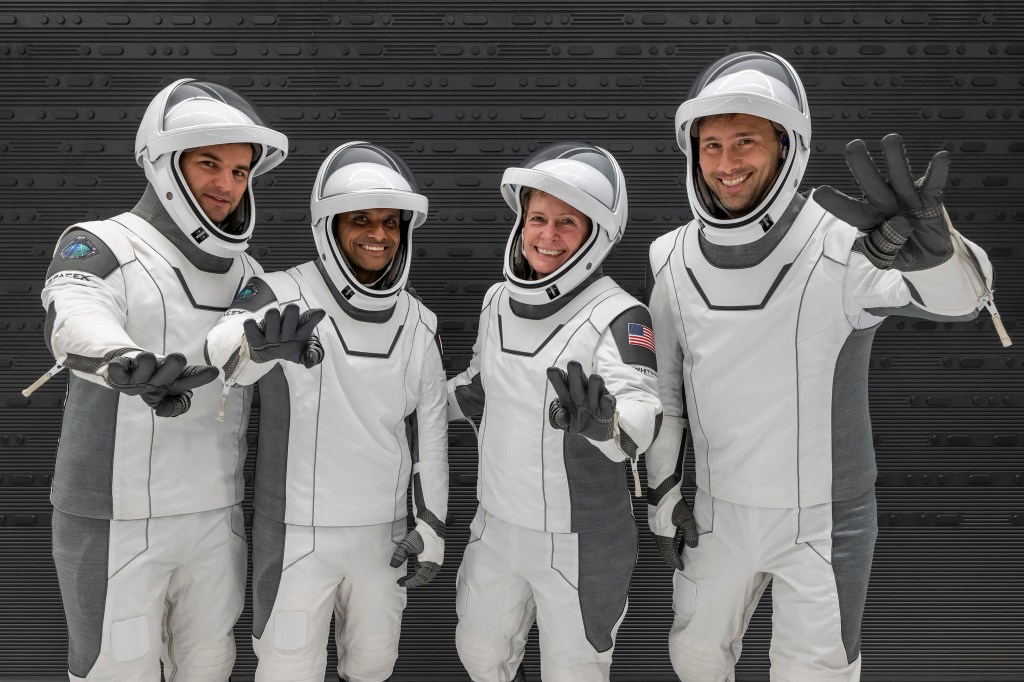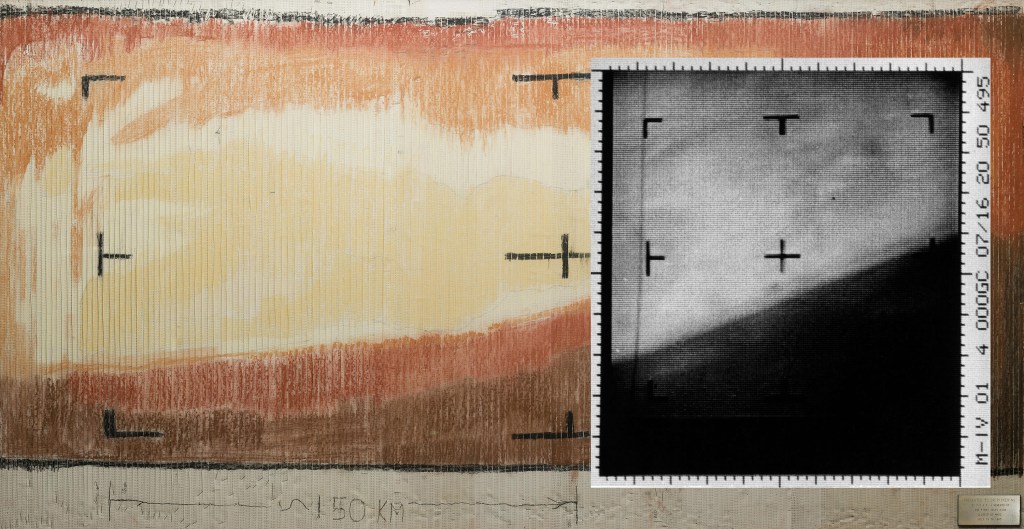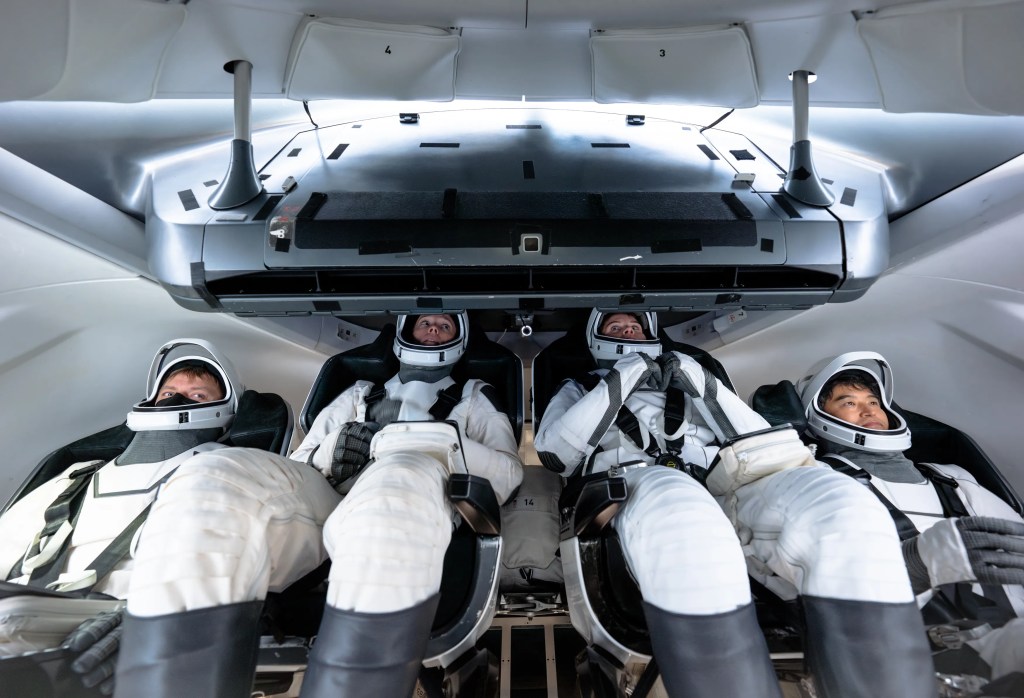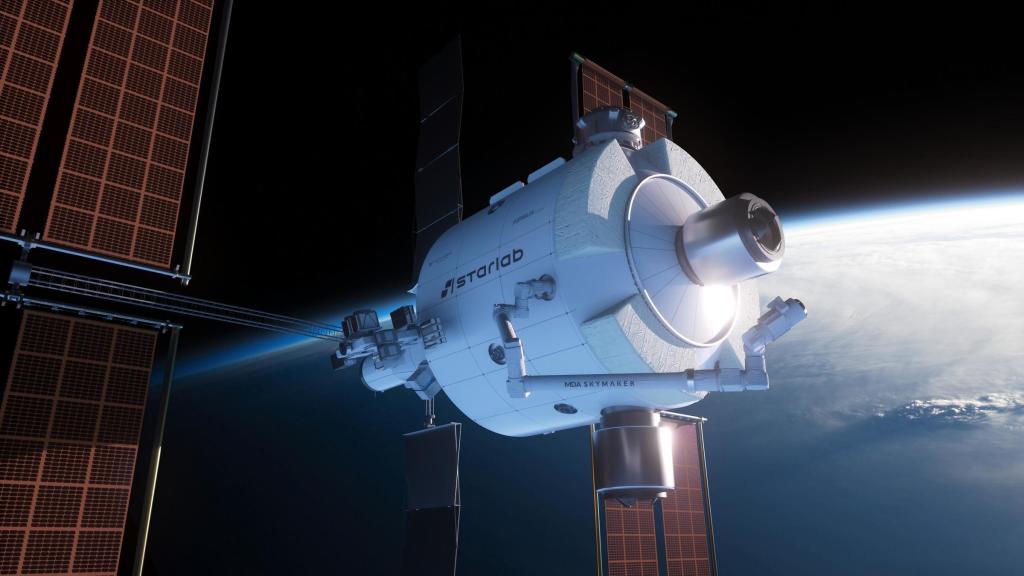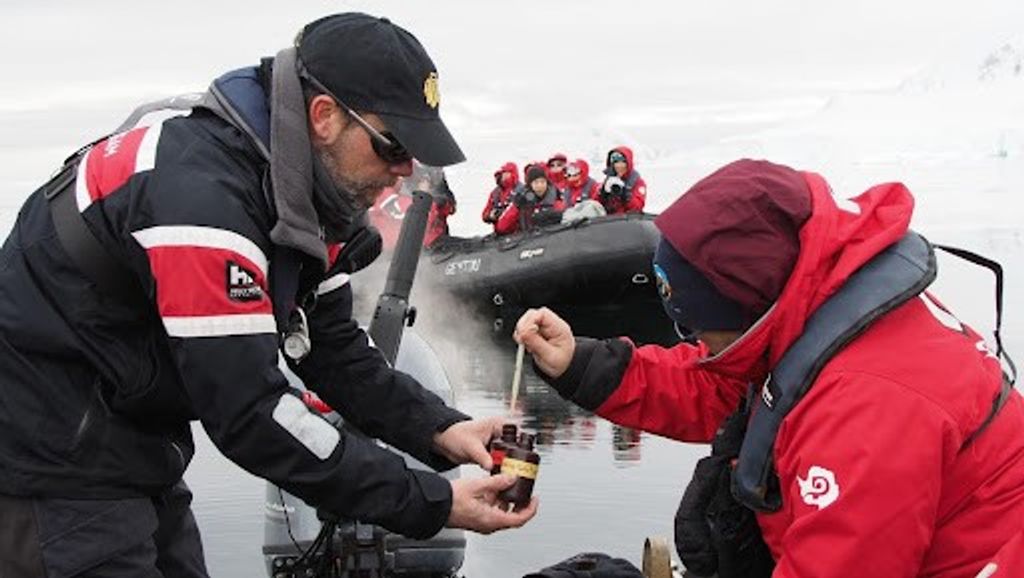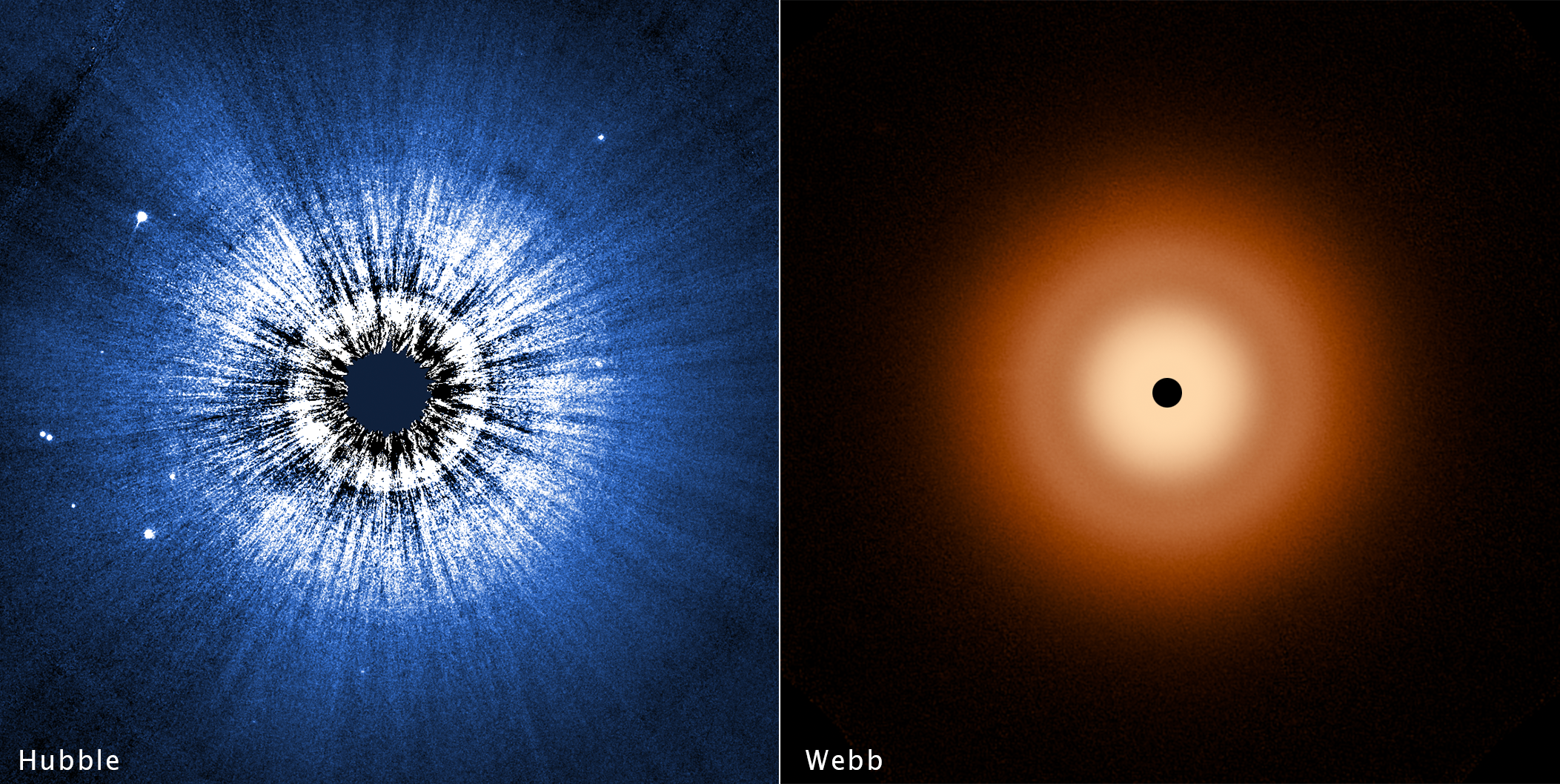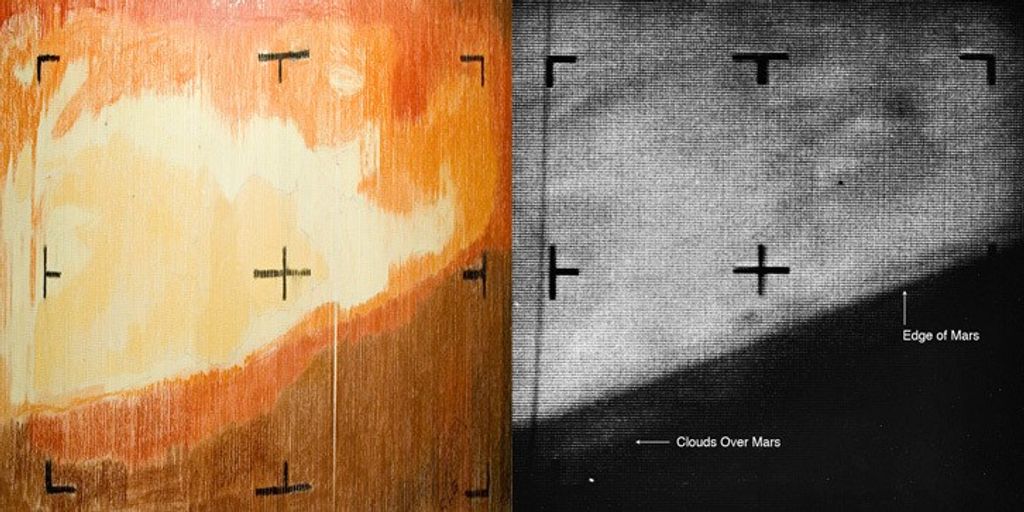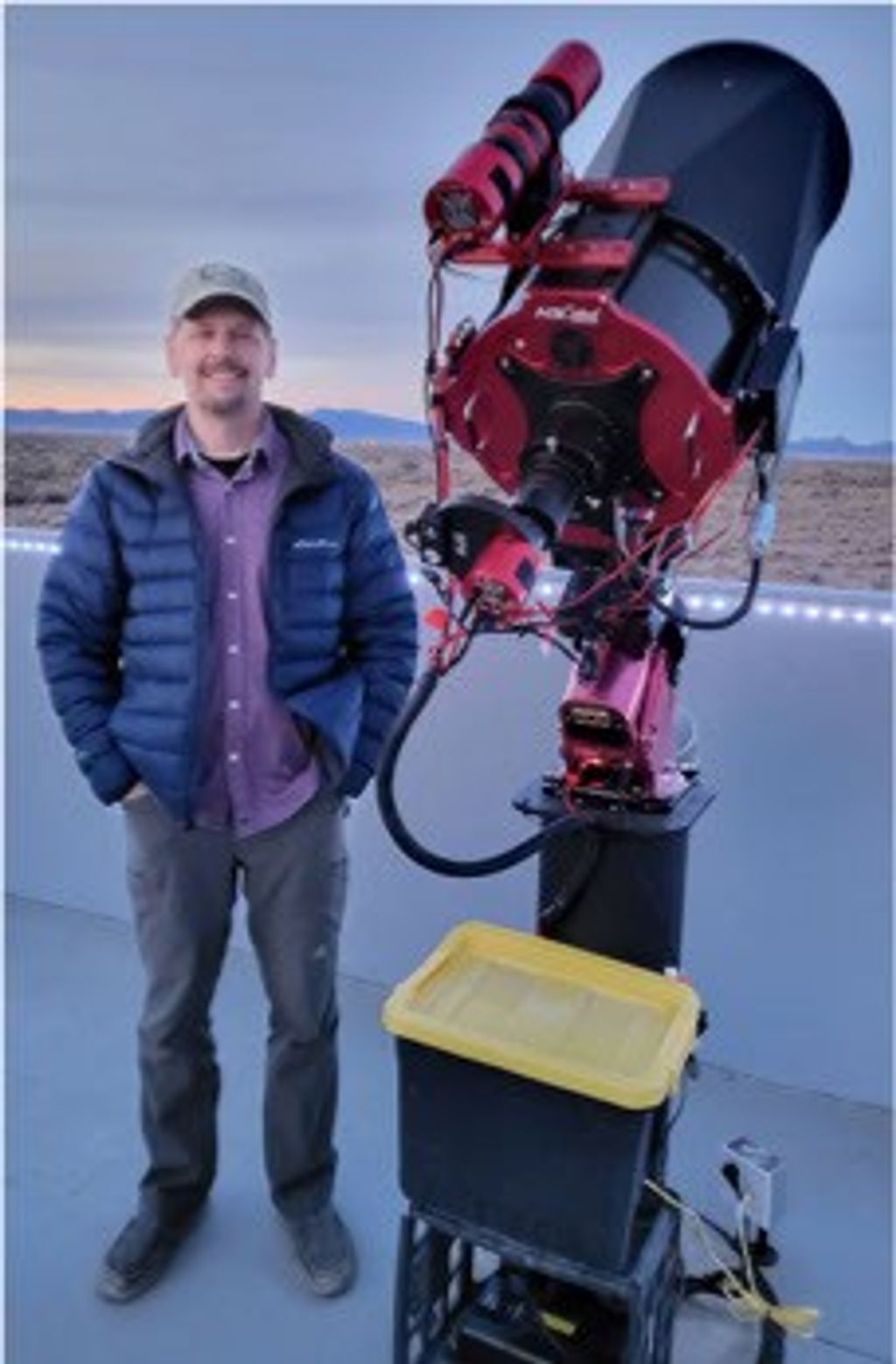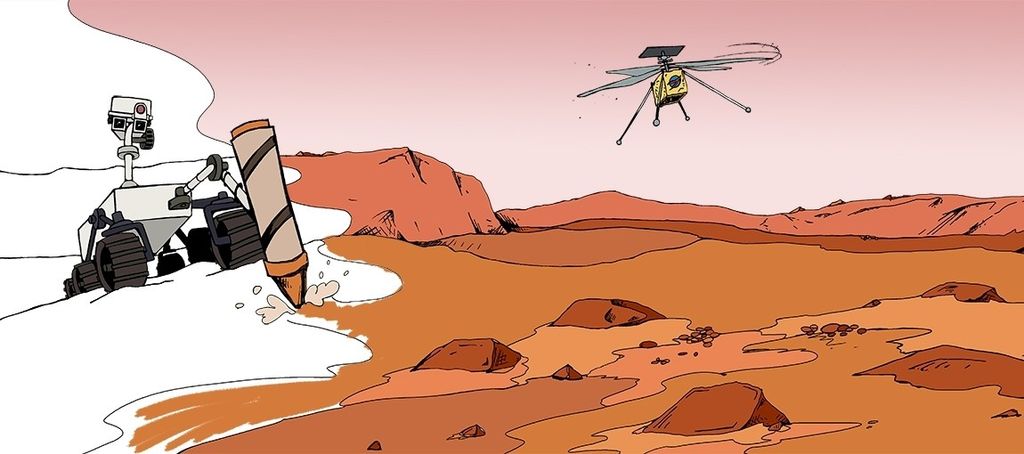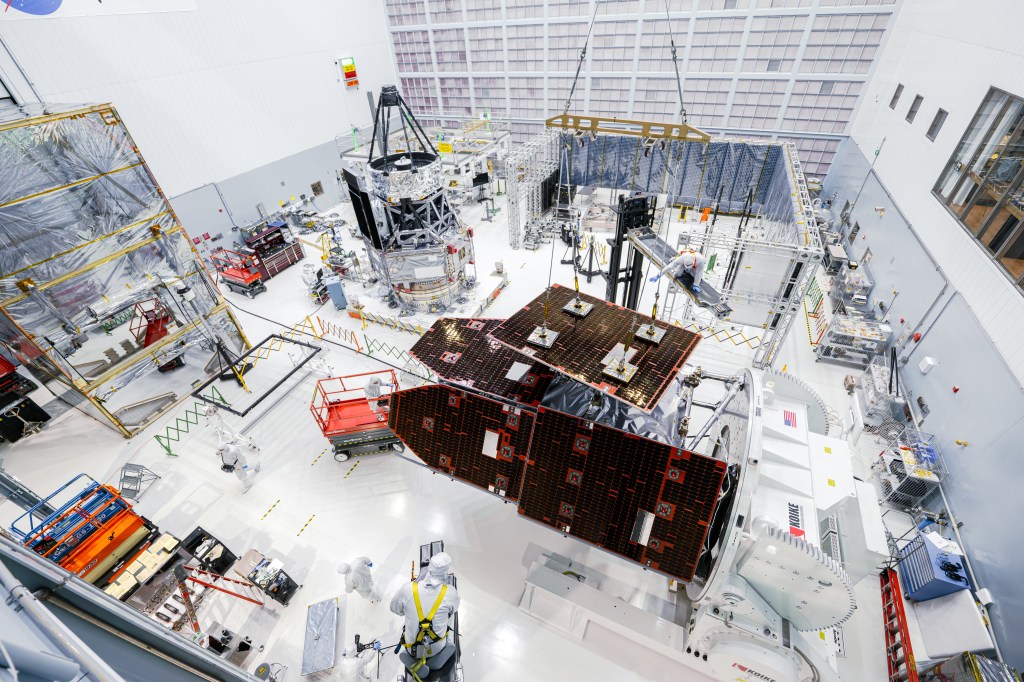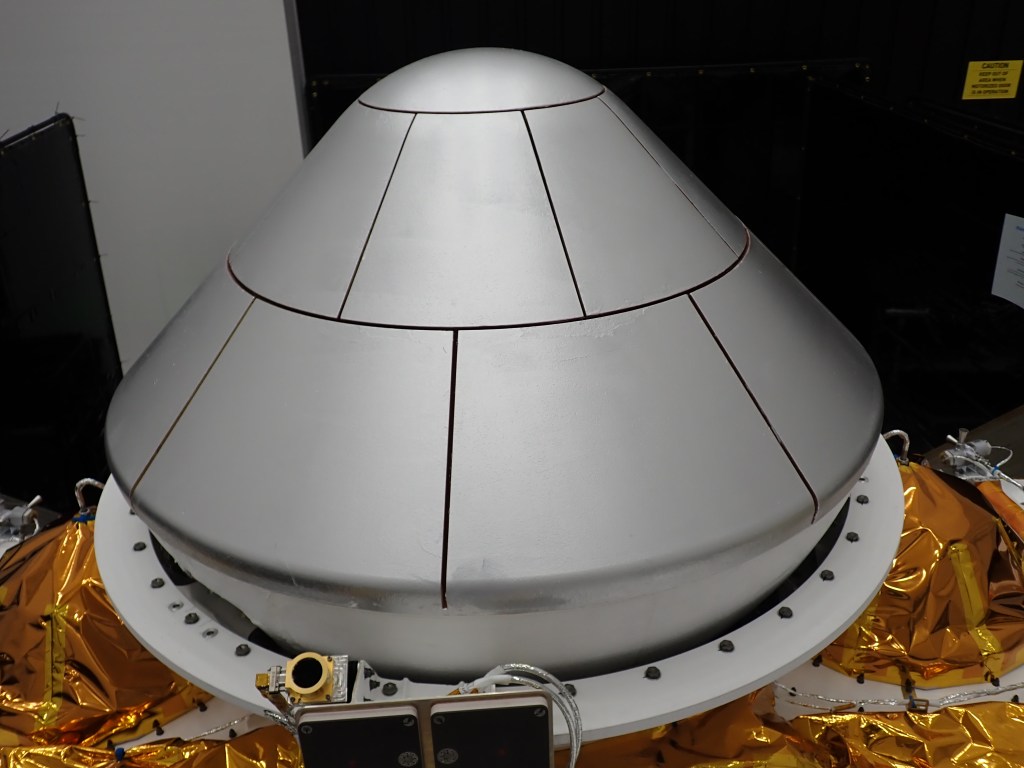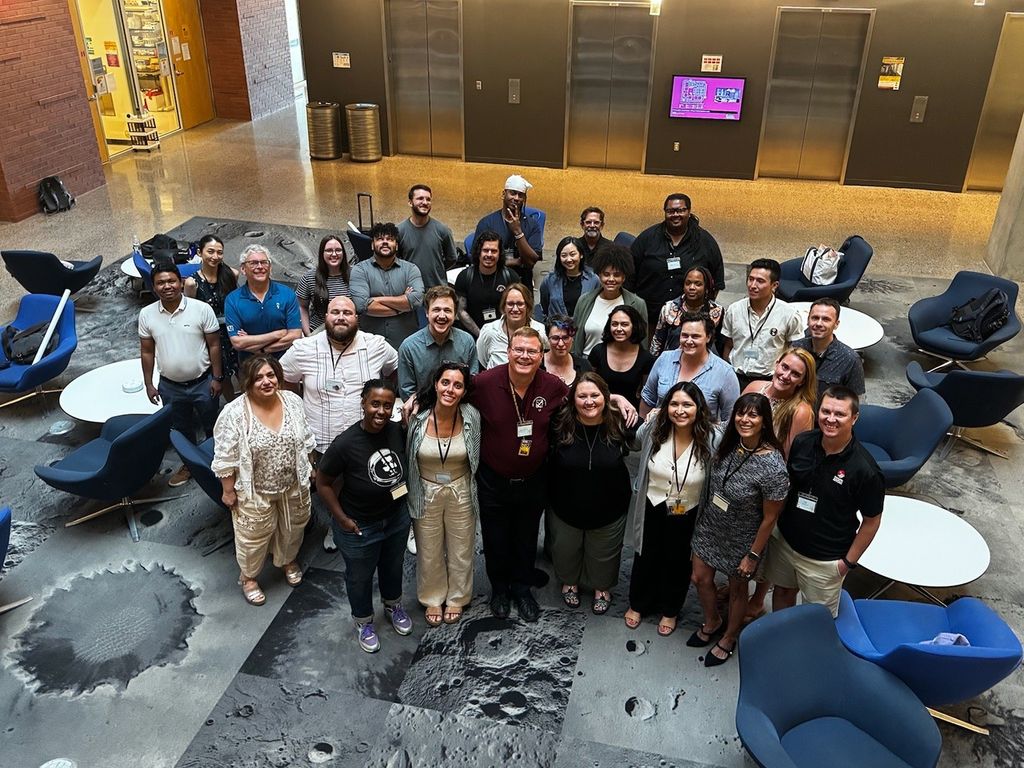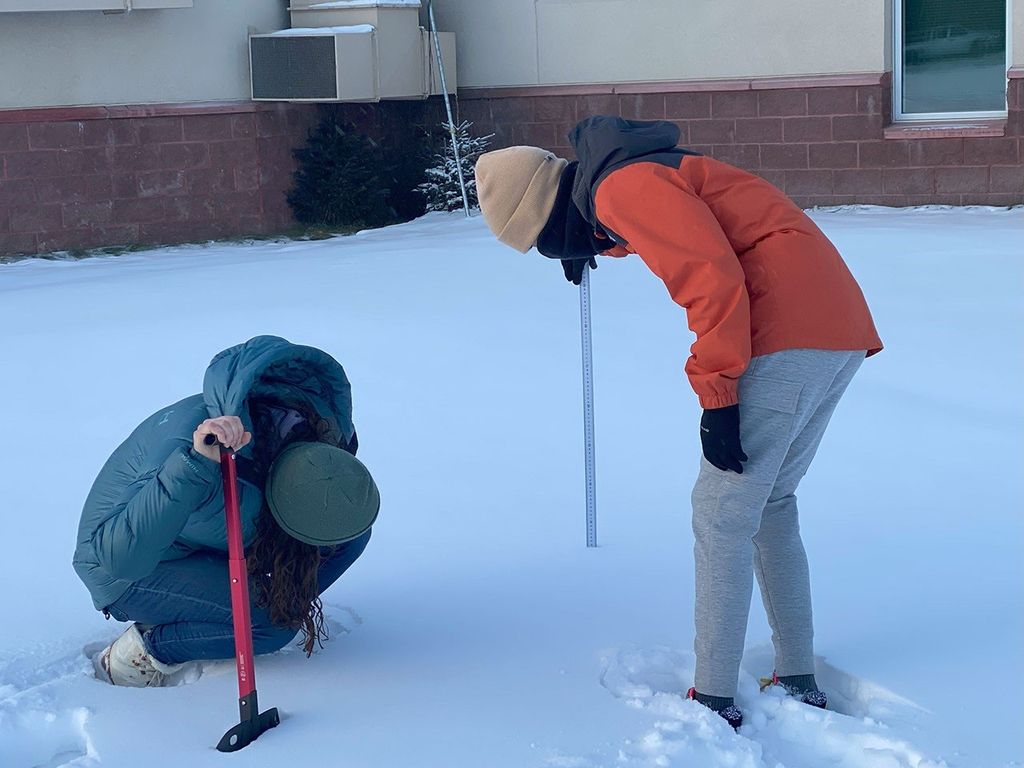Testing is well underway as NASA’s LOFTID – short for Low-Earth Orbit Flight Test of an Inflatable Decelerator – prepares to catch a ride on an Atlas V rocket launch in 2022.
LOFTID is a cross-cutting technology designed to help deliver heavy cargos to any planet with an atmosphere.
In a few years, NASA and United Launch Alliance (ULA) will launch the six-meter inflatable heat shield from Vandenberg Air Force Base in California to low-Earth orbit as a secondary payload along with the National Oceanic and Atmospheric Administration’s Joint Polar Satellite System-2 weather observatory heading for polar orbit.
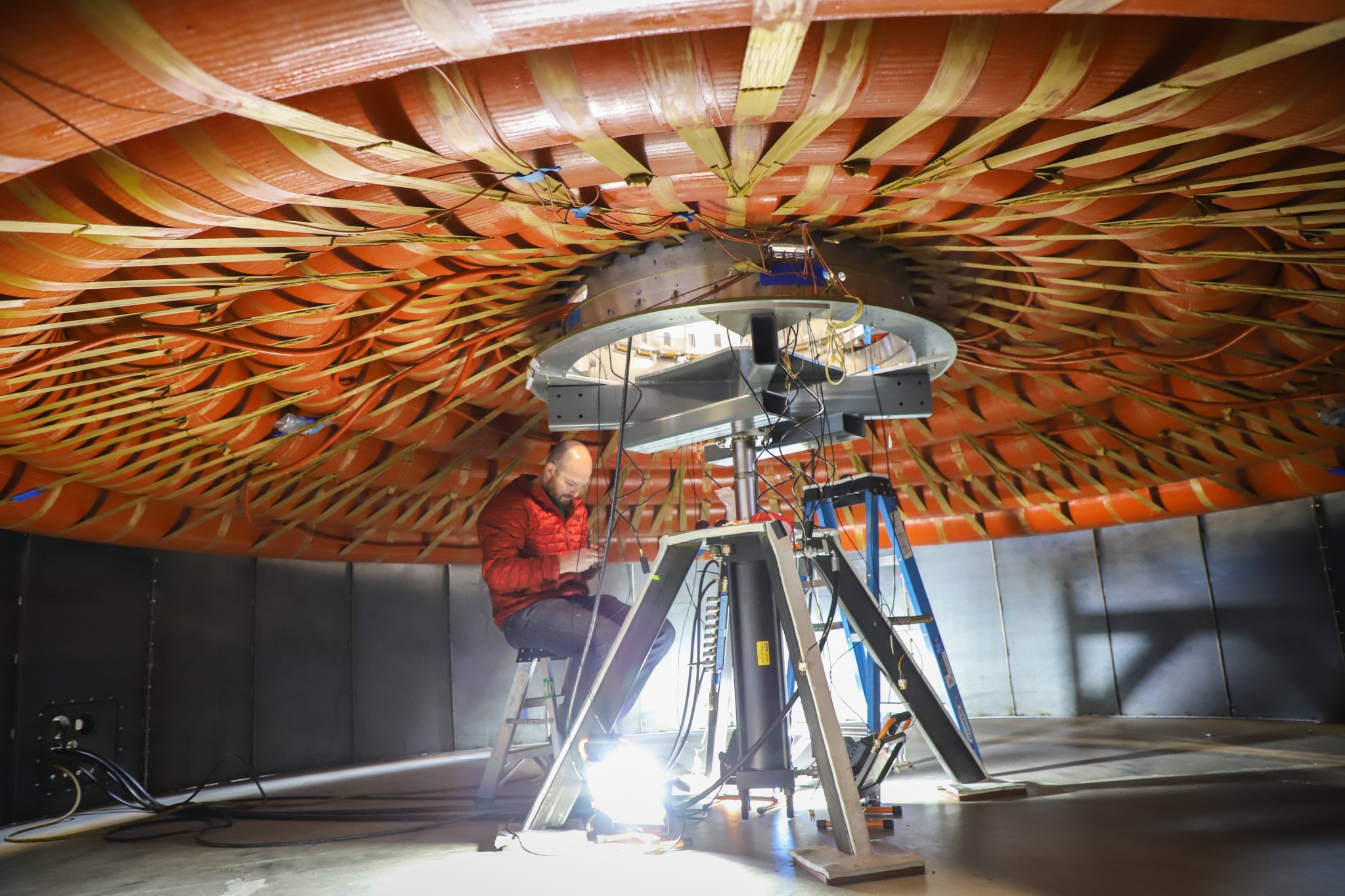
The technology, designed to enable more robust missions to destinations like Mars, Venus, and Titan could also potentially be used to return payloads to Earth and recover reusable engines from ULA’s next-generation Vulcan rocket.
Tests are ongoing as NASA prepares the inflatable heat shield for launch. Pack and deployment testing with Airborne Systems in Santa Ana, California, is underway. The pack and deployment testing started with a load test to verify that the heat shield will perform as expected in flight under real-life conditions. After that, LOFTID was tightly packed. It will soon undergo deployment testing followed by a second load test for another data point.
At NASA’s Langley Research Center in Hampton, Virginia the team is performing a qualification tank blow down test to measure gas temperatures during venting of the nitrogen gas tanks that will be used during LOFTID’s first flight.
The LOFTID project is a part of the Technology Demonstration Missions program funded by NASA’s Space Technology Mission Directorate. The project is managed by NASA’s Langley Research Center in Hampton, Virginia.


